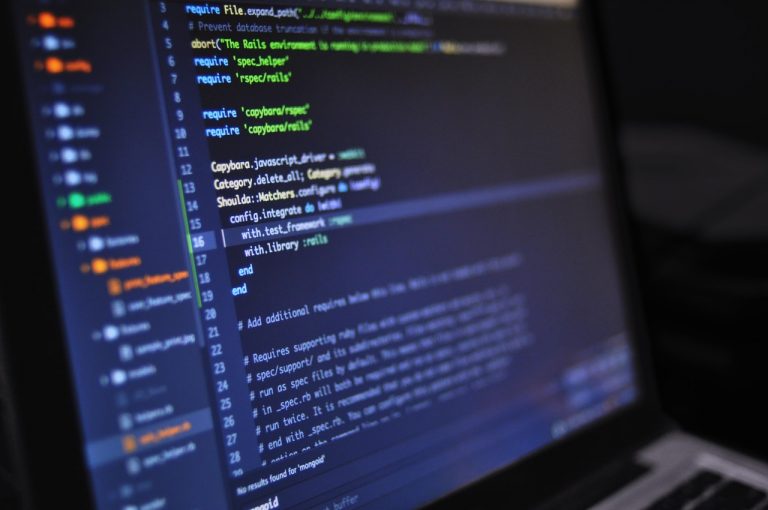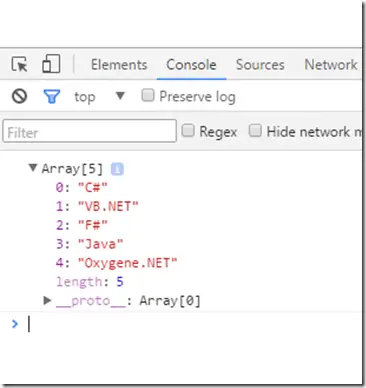Finding the sum of the digits of a number is a common problem in programming and mathematics. This task involves breaking down a given number into its individual digits and then adding them together. This concept is often used in various programming scenarios, including data validation, cryptography, and number manipulation.
Problem Statement
Write a C# program that takes an integer as input and calculates the sum of its digits.
C# Program to Find Sum of Digits of a Number
using System;
class Program
{
static void Main()
{
Console.Write("Enter a number: ");
int number = int.Parse(Console.ReadLine());
int sumOfDigits = CalculateSumOfDigits(number);
Console.WriteLine($"The sum of the digits of {number} is {sumOfDigits}");
}
static int CalculateSumOfDigits(int number)
{
int sum = 0;
while (number > 0)
{
int digit = number % 10; // Get the last digit
sum += digit; // Add the digit to the sum
number /= 10; // Remove the last digit
}
return sum;
}
}
How it Works
- Input: We start with the number 12345.
- Iteration:
- In the first iteration, we use the modulo operator (%) to get the last digit: 12345 % 10 = 5. This digit is added to our running total (initialized to 0):
sum = 0 + 5 = 5. - We then perform integer division by 10 to remove the last digit: 12345 / 10 = 1234. The number becomes 1234.
- In the second iteration, we again use modulo to get the last digit: 1234 % 10 = 4. We add this digit to the sum:
sum = 5 + 4 = 9. - We once more perform integer division by 10: 1234 / 10 = 123. The number becomes 123.
- This process continues until there are no more digits left to process.
- In the first iteration, we use the modulo operator (%) to get the last digit: 12345 % 10 = 5. This digit is added to our running total (initialized to 0):
- Termination Condition: We keep iterating and updating the sum until the number becomes zero (in integer division, or until we reach the end of the number in string form).
- Output: When the number becomes zero, we have extracted and summed all the digits. The final value of
sumis the sum of digits of the original number.
Input/ Output




